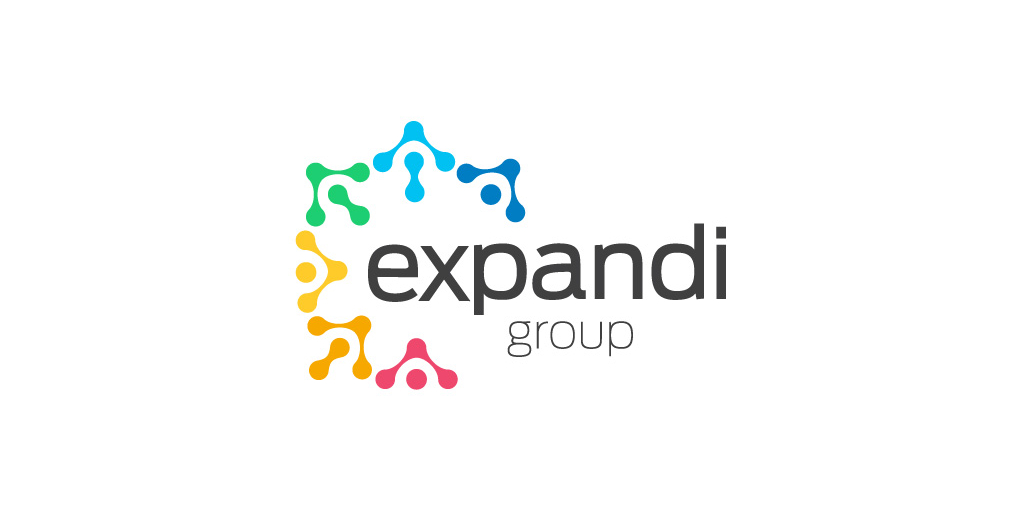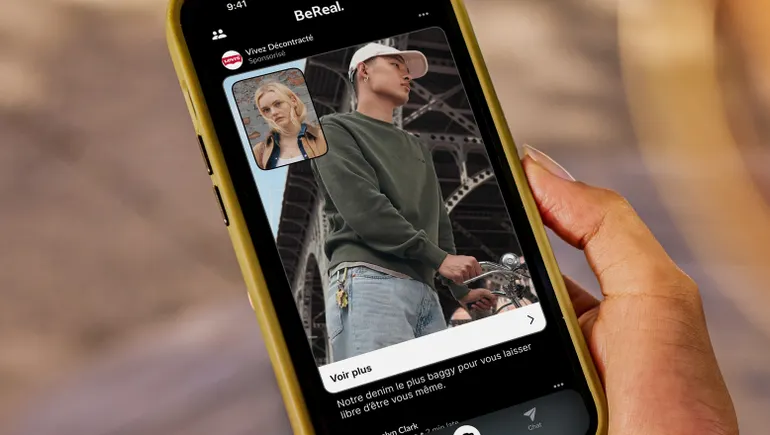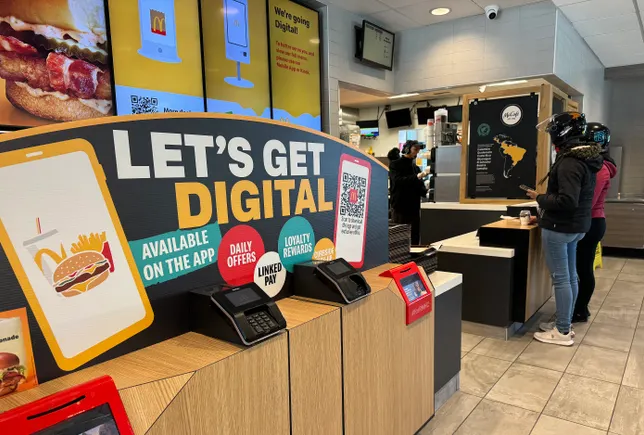The Rise of Conversational Marketing in AI Chat Apps
AI chat applications like ChatGPT and Perplexity are rapidly reshaping the digital marketing landscape. With consumer engagement shifting toward conversational interfaces, brand marketers are exploring new ways to build relationships through these platforms. Esme Robinson, Director of Platform Solutions at Epsilon, emphasizes that this trend is not just a passing phase—it’s a fundamental shift in how brands and consumers interact.
According to Robinson, Perplexity is seeing “a lot of inbound interest from the CMOs of large brands,” signaling growing confidence in the platform’s potential for advertising. Meanwhile, OpenAI is subtly transforming ChatGPT into a more commerce-oriented tool, enhancing its utility for both users and brands. These changes suggest that conversational marketing is evolving quickly, and brands must adapt swiftly to stay ahead.
1. Understand the Context of the Chat
Unlike traditional advertising formats, AI chat platforms are inherently context-driven. Ads don’t just appear—they must be woven seamlessly into conversations. This means marketers need to understand the intent and context of user queries to ensure that their messages are relevant and valuable.
As Robinson points out, the key lies in “matching the tone and timing” of the conversation. An ad for a kitchen appliance might make sense when someone is asking about recipes, but it would seem intrusive in a conversation about travel plans. Marketers must therefore ensure that their ads are contextually appropriate and enhance rather than disrupt the user experience.
2. Prioritize User Experience and Trust
One of the most important considerations when advertising in AI chat apps is maintaining user trust. These platforms are often perceived as personal spaces where users seek information, advice, or assistance. Introducing advertising into this environment must be done delicately to avoid alienating users.
Robinson advises marketers to focus on utility rather than persuasion. Instead of pushing products, brands should look to add value—perhaps by offering helpful suggestions, exclusive tips, or timely product recommendations based on user intent. If done correctly, this approach not only builds trust but also strengthens brand loyalty.
3. Choose the Right Platform and Partner
Not all AI chat apps are created equal. Each platform has its own user base, technical capabilities, and advertising policies. Choosing the right partner can greatly impact the success of your campaign. It’s essential to consider factors such as audience demographics, data privacy standards, and the platform’s openness to monetization.
Perplexity, for instance, is positioning itself as a search-oriented chat experience, offering a unique opportunity for brands to appear in high-intent conversations. OpenAI’s ChatGPT, on the other hand, is becoming increasingly shoppable, hinting at future integrations with e-commerce platforms. Understanding the strengths and limitations of each platform will help marketers tailor their strategies effectively.
The Future of AI-Driven Advertising
As conversational AI continues to evolve, so too will the advertising opportunities it presents. Brands that are agile and willing to experiment stand to gain a competitive advantage. However, success in this space requires a thoughtful approach—one that balances innovation with respect for the user experience.
Marketers should also be prepared for rapid changes in technology and user behavior. Today’s best practices may quickly become outdated as AI systems become more sophisticated and consumer expectations shift. Continuous testing, learning, and adaptation will be key to staying relevant in this dynamic environment.
In conclusion, advertising in AI chat apps offers immense potential, but it must be approached with care. By understanding context, respecting user trust, and choosing the right platforms, brands can create meaningful connections in this new frontier of marketing.
This article is inspired by content from Marketing Beat. It has been rephrased for originality. Images are credited to the original source.












Leave a Reply